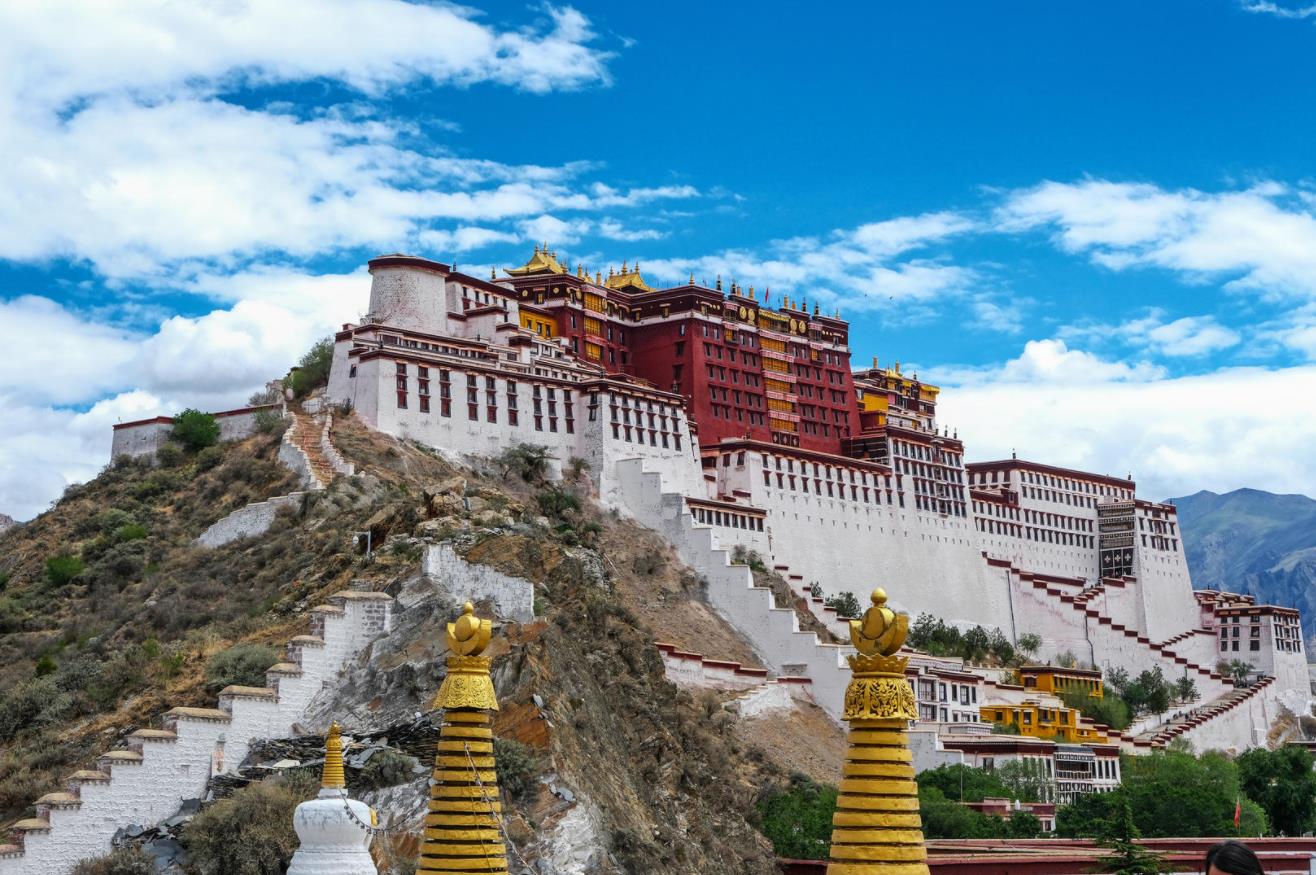23 contracted projects with a total investment of 8.38 billion yuan! Xizang Autonomous Region Investment Promotion Conference held in Chengdu.
On July 5th, Xizang Autonomous Region Investment Promotion Conference was held in Chengdu. At the promotion meeting, 7 cities and some counties in Xizang Autonomous Region introduced the project and signed contracts with 23 enterprises.
It is reported that the promotion conference signed 23 projects with a total investment of 8.38 billion yuan, mainly involving cultural tourism, clean energy, green industry, modern service industry, agriculture and animal husbandry with plateau characteristics and other fields, including cold-resistant green new building materials projects, Lhasa Health Science and Technology Service Industrial Park projects, Linzhi Yida Biotechnology Industrial Park projects, Bangor County Bendor hot spring water development projects and other projects.

▲ Potala Palace in Lhasa
Chen Yongqi, deputy secretary of Xizang Autonomous Region Party Committee and executive vice chairman, said at the promotion meeting that Tibet has many development conditions and comparative advantages after years of development.
First of all, the infrastructure is improving day by day. Following the opening of the Qinghai-Tibet Railway, the Fuxing motor train galloped on the snowy plateau last year, and the whole line of sichuan-tibet railway started construction, with a mileage of more than 120,000 kilometers. The expressway from Lhasa to major cities was completed and will be completed soon. Five transportation airports and three airports under construction have been built, and two were put into operation during the year, with 150 international and domestic routes and 68 navigable cities. A comprehensive three-dimensional transportation network extending in all directions is taking shape. The pace of electric energy development has been accelerating. The Qinghai-Tibet and Sichuan-Tibet power interconnection projects have been completed and put into operation. Tibet has been connected to the national power grid, and 74 counties and districts have achieved full coverage of the main power grid. Groups of power points are being accelerated, and energy advantages are gradually emerging. The functional layout of the park carrier was continuously optimized. Based on the advantages of natural endowment and development orientation, 16 industrial parks of all levels and types have been built in the whole region, providing an important platform for resource elements gathering and economic development.
At the same time, the advantages of characteristic resources are obvious. The exploitable amount of clean energy in Tibet exceeds 1 billion kilowatts, including 177 million kilowatts of hydropower, with an average annual sunshine duration of more than 3,000 hours, 700 million kilowatts of solar energy, 180 million kilowatts of wind energy, geothermal energy of more than 1 million kilowatts, and pumped storage capacity of about 74 million kilowatts, among which the exploitable amount of water, light and heat energy is the highest in China, and the overall development is less than 1% at present. Tibet has a long history of culture, including not only the Potala Palace, Jokhang Temple and other world cultural heritages, but also unique natural scenery such as blue sky and white clouds, green mountains, glaciers and snow. It is a tourist attraction with scenic spots all over the world and scenery all year round. Tibet’s agricultural and pastoral products are not only of high quality, green and natural, but also some varieties have considerable scale advantages. For example, the output of highland barley accounts for more than 60% in the country, the forest land area is nearly 18 million hectares, the grassland area is 1.2 billion mu, and there are more than 9,600 kinds of wild plants. Cordyceps sinensis, wild Ganoderma lucidum, Tricholoma matsutake, Gastrodia elata and Tibetan fragrant pigs are well-known at home and abroad. More than 100 kinds of minerals and more than 300 mineral sites have been discovered in Tibet, of which copper mines account for more than 60% of the country’s reserves, ranking first in the country, and salt lake lithium mines rank second in the country.
In addition, Xizang Autonomous Region is making great efforts to create a business environment with "the least approval items, the shortest approval time, the best approval process and the best approval service".
Red Star journalist Peng Jing